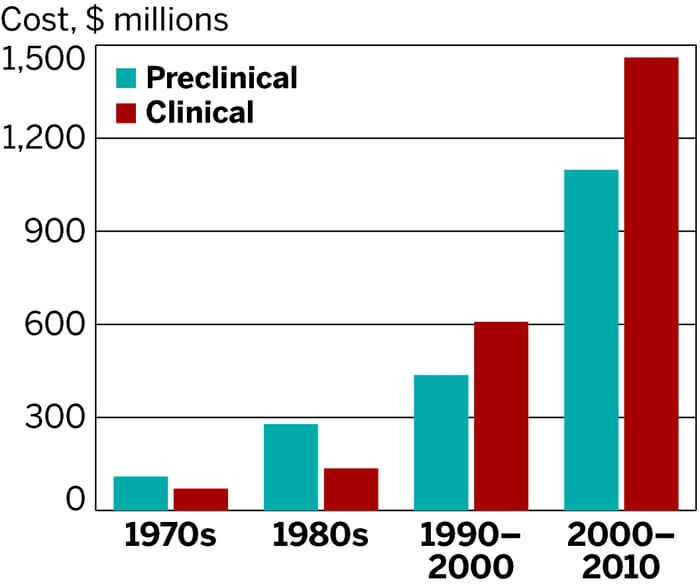An algorithm based on the brain’s self-organizing capacity has been developed in Germany that could combat the rising costs of drug development.
A team at TU Dresden has pioneered an algorithm that exploits the self-organization of the brain to predict new drug targets, without the need for extra biological or molecular information. The study, published in Briefings in Bioinformatics, shows the algorithm to be fast and simple, and it performs just as well as more complicated algorithms. The study’s findings highlight the power of bio-inspired computing, and will hopefully help to reduce the costs of new drug development by streamlining development with improved models.
There are two key factors that make this system particularly exciting. First, it exploits the brain’s ability to self-organize – that is, that different components spontaneously acquiring structure or function – to predict new drug-target interactions. Second, the system doesn’t need additional information such as the chemical structure of the drug or the protein structure of the target to make accurate predictions.
This research builds on a previous theory developed by Dr Carlo Vittorio Cannistraci, Junior Group Leader, the Local-Community-Paradigm (LCP). This states that complex networks, for example, the brain are made up of many, small communities that favour local signalling activity. LCP and an understanding of how each of these local systems interacts allows the algorithm to make highly reliable predictions. The predictions can paint a picture of how a drug candidate affects the whole biological network, rather than a single protein or specific receptor.

An important application of this technology is in drug development or the repositioning of existing drugs for new applications. The cost of developing a drug has been estimated at $2.6B (€2.2B) – although, this has been disputed – and the failure of drugs during the process is a major contributor to this. The worry now might be that the huge risk involved with drug development could scare off potentially field-changing candidates.
Current methods of testing drug-target interactions are expensive and time-consuming, but the group has developed a simple alternative that can make predictions “in a matter of seconds”. Artificial intelligence (AI) has already proved popular with big pharma. Sanofi recruited Exscientia’s AI algorithms to design bispecific drugs. BenevolentAI is the AI arm of BenevolentBio and a leader in the field. Its technology is constantly improving thanks to machine learning, which puts it one step ahead of the competition.
BenevolentBio’s CEO, Jackie Hunter, put the aim of AI in drug discovery very simply: “The idea is to make fewer molecules and better molecules,” and this could have a big effect on the industry: “Can we make fewer molecules and better predict their properties? If so, we can shorten the time to turn around our drug discovery programs.”
The simple and speedy algorithm developed in Dresden could give research groups and biotechs the belief to take a step into the unknown.
Images – Vintage Tone / shutterstock.com; Tufts Center for the Study of Drug Development





